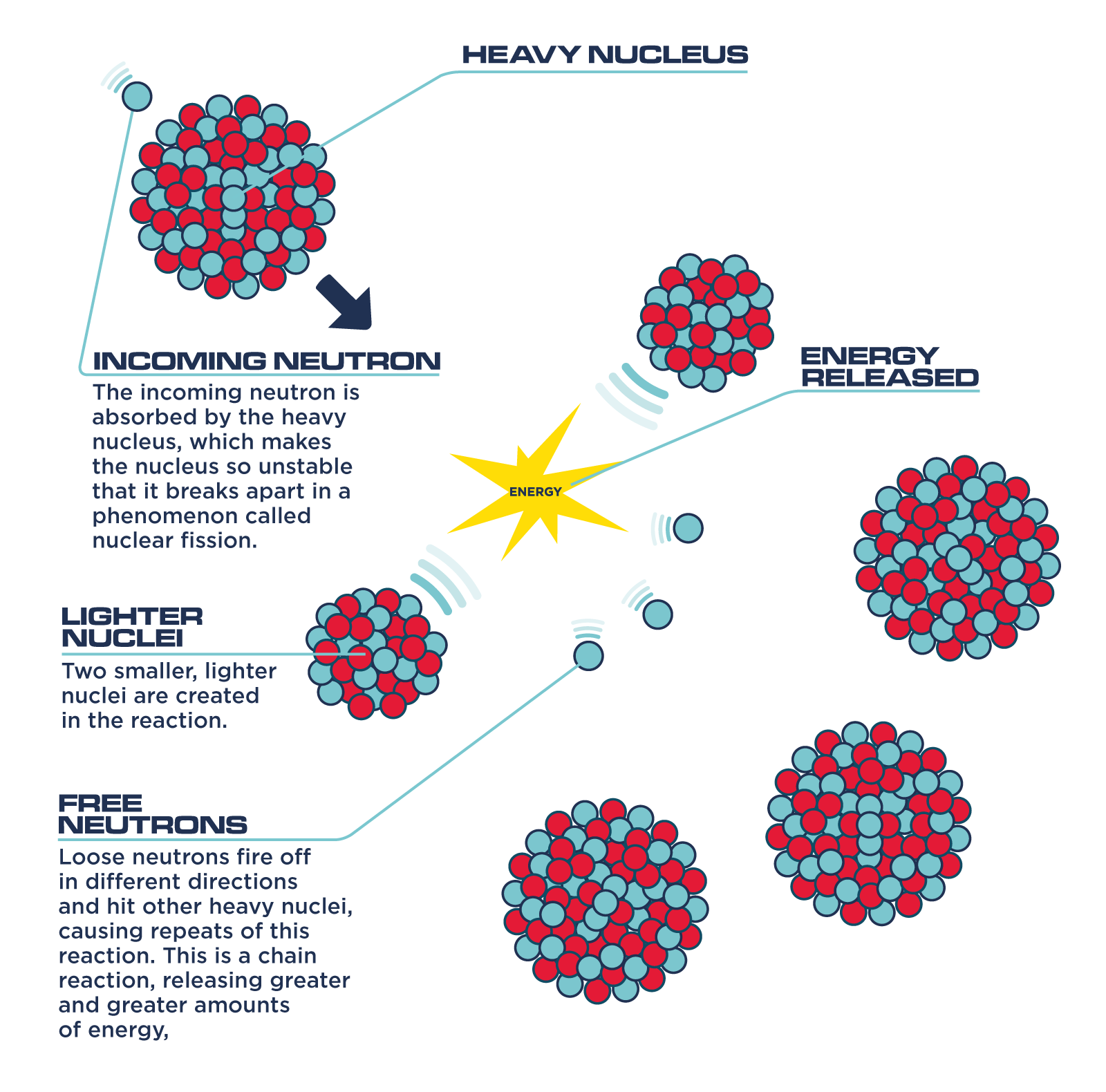

DOE Explains offers straightforward explanations of key words and concepts in fundamental science.

They work with the Advanced Scientific Computing Research program to use scientific computing to advance fusion science as well as the Nuclear Physics program on nuclear reaction databases, generation of nuclear isotopes, and research in nucleosynthesis. To do so, FES partners with other Office of Science programs. The Department of Energy Office of Science, Fusion Energy Sciences (FES) program seeks to develop a practical fusion energy source. Researchers focus on DT reactions both because they produce large amounts of energy and they occur at lower temperatures than other elements. Excitation functions for (3He, xn) with x 3 to. In a potential future fusion power plant such as a tokamak or stellarator, neutrons from DT reactions would generate power for our use. The reactions induced in 206Pb by 3He particles having energies between 80 and 200 MeV have been studied. In the process, it also releases much more energy than most fusion reactions. DT fusion produces a neutron and a helium nucleus. However, researchers working on fusion energy applications are especially interested in the deuterium-tritium (DT) fusion reaction.

If scientists develop a way to harness energy from fusion in machines on Earth, it could be an important method of energy production.įusion can involve many different elements in the periodic table. Einstein’s equation (E=mc 2), which says in part that mass and energy can be converted into each other, explains why this process occurs. The process releases energy because the total mass of the resulting single nucleus is less than the mass of the two original nuclei. The leftover mass becomes energy. In a fusion reaction, two light nuclei merge to form a single heavier nucleus. Nuclear Fusion reactions power the Sun and other stars.


 0 kommentar(er)
0 kommentar(er)
